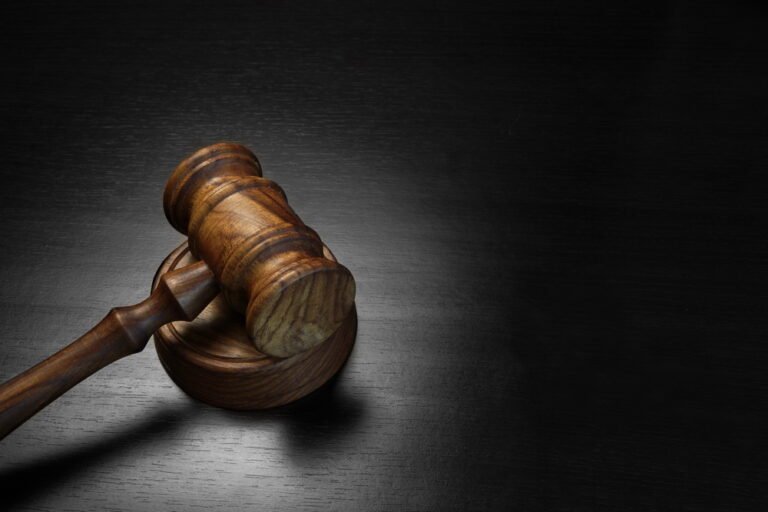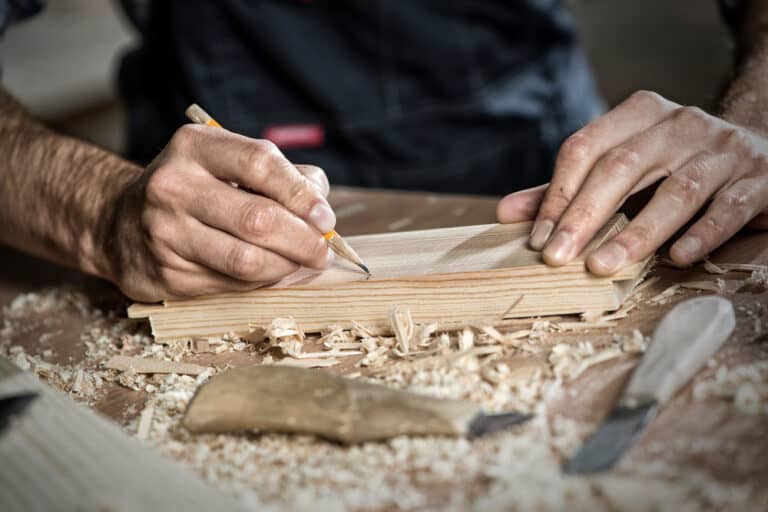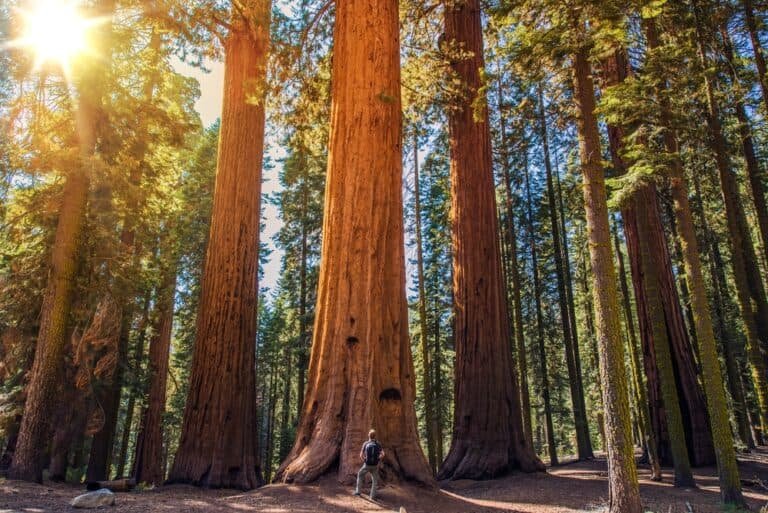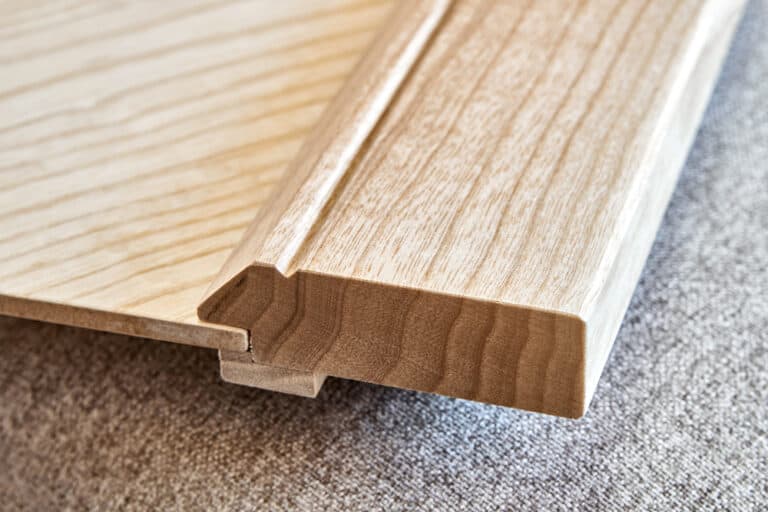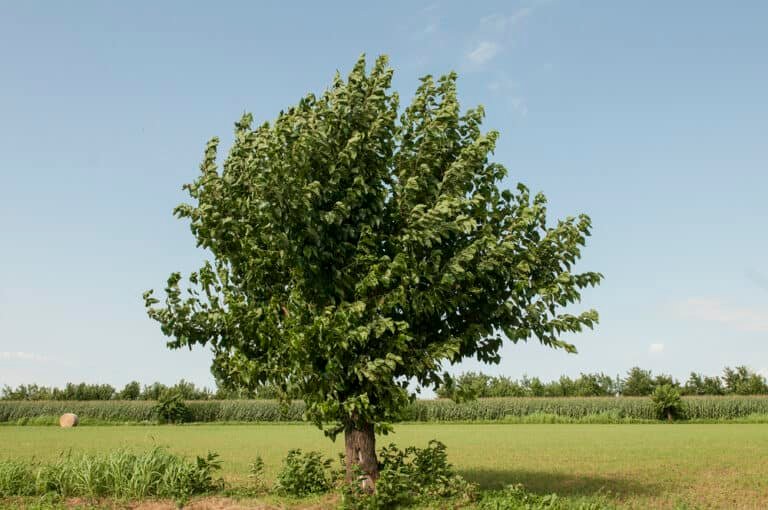Balsa wood is good for carving due to its softness and ease of shaping. It is popular for whittling and is often used for making models, including model aircraft, as well as surfboards, boats, and even in the construction of breakaway props for theatre and television.
Pros of Carving with Balsa Wood:
- Softness: Balsa is one of the softest types of wood, which makes it easy to carve into intricate shapes with minimal effort.
- Lightweight: Its low density makes it ideal for projects where weight is a concern, such as model airplanes or lightweight sculptures.
- Strength-to-Weight Ratio: Despite its lightness, balsa has a high strength-to-weight ratio, especially when the grain is aligned with the stress.
- Smooth Surface: Balsa can be sanded to a very smooth finish, which is excellent for painting or varnishing.
- Fast Growing: Balsa trees grow quickly, making the wood more sustainable and readily available than some other species.
- Versatility: It can be used for a variety of projects, from models to lightweight structures to decorative items.
- Grain Structure: The coarse, open grain structure of balsa allows it to absorb glue and other adhesives well, which is beneficial for composite projects.
Cons of Carving with Balsa Wood:
- Fragility: Balsa wood can be quite brittle, especially along the grain, making it prone to breaking or splitting if not handled carefully.
- Limited Durability: It is not as durable as harder woods and can be easily damaged if used for items that require more structural integrity.
- Poor Weather Resistance: Balsa is not naturally resistant to weather or moisture, which can limit its use in outdoor applications unless properly treated.
- Variability: The quality of balsa can vary widely, with some pieces being much denser than others, which can affect the uniformity of the carving experience and the final product.
- Cost: High-quality balsa wood can be expensive, especially the lighter grades used for specific types of models.
- Grain Tear-Out: Due to its softness, balsa can sometimes tear during carving, especially if using dull tools or against the grain.
- Limited Aesthetic Appeal: While it can be finished smoothly, balsa does not have the rich colors or grain patterns found in hardwoods, which may be less appealing for certain artistic projects.
Is Balsa Wood Good for Carving?
Balsa wood is soft, making it relatively easy to carve. However, its lightweight and low density mean that it is not as strong or durable as other woods.
As such, balsa wood is best used for small carvings and decorative pieces rather than large projects or items that will be subject to wear and tear.
Balsa wood can also be difficult to sand smooth due to its open grain structure.
For these reasons, many experienced carvers prefer harder woods like basswood or mahogany for their projects.
The biggest drawback of working with balsa wood is that it can easily deform due to its softness. This means intricate details may not be possible and it won’t last over the long term.
However, Balsa is perfect for beginners. Its softer nature allows them to gain confidence and learn the basics without too much difficulty. Plus, you don’t need any special tools – just basic ones will do!
Once you’ve built up your skills on softer woods like Balsa, then you can move onto harder varieties such as basswood or butternut which require more advanced techniques and tools for successful results but allow for more intricate carving.
Key Takeaway: Balsa isn’t the best choice for more experienced carvers due to its tendency towards deformation over time. However, its softness makes it perfect for beginners looking for an easy wood to learn the basics of whittling and wood carving.
Characteristics of Balsa Wood

Balsa wood is extremely lightweight but also very strong when compared with other woods; it weighs only about a sixth of the weight of oak but can be just as durable if treated correctly.
Its grain pattern varies depending on how the tree grows; some pieces may have tight grains while others may have wider ones giving them different strengths under pressure or tension forces applied along their lengthwise direction (longitudinal).
Additionally, Balsa’s surface texture tends to be quite smooth so it takes paint well without requiring any sanding prior to application. This makes it ideal for use in model-building projects where detail painting needs to be done quickly without much preparation time required beforehand.
Balsa FAQs
What do you use to carve balsa wood?
Balsa wood is a soft, lightweight wood that is ideal for carving. To carve balsa wood, you will need a sharp knife or chisel with an appropriate blade size and shape for the desired design.
How do you carve Balsa?
Start by sketching your design onto the surface of the Balsa using a pencil or marker. Then use a knife to cut away large sections of material.
Once the basic shape has been established, use chisels and gouges to refine it further and add details like textures or patterns.
Take care not to apply too much pressure when carving with these tools as they can easily damage the delicate grain of balsa wood. Finally, sand down any rough edges with fine-grit sandpaper for a smooth finish.
When carving balsa wood, it’s best to start with shallow cuts before making deeper ones. This helps prevent breakage of the delicate material while allowing more control over the finished product. With patience and practice, anyone can create beautiful works of art from balsa wood.
Is Basswood or Balsa better for carving?
Basswood is generally considered the best wood for carving due to its fine, even grain and lack of resin or pitch.
It is lightweight yet strong, making it easy to work with and manipulate into intricate shapes.
Basswood also has a smooth texture that makes it ideal for detailed carvings.
Balsa wood can be used for some types of carving but it is weaker than basswood and tends to splinter more easily when carved.
Additionally, balsa wood does not take stain or paint well so any finished product will have a much less polished look than if you had used basswood instead.
